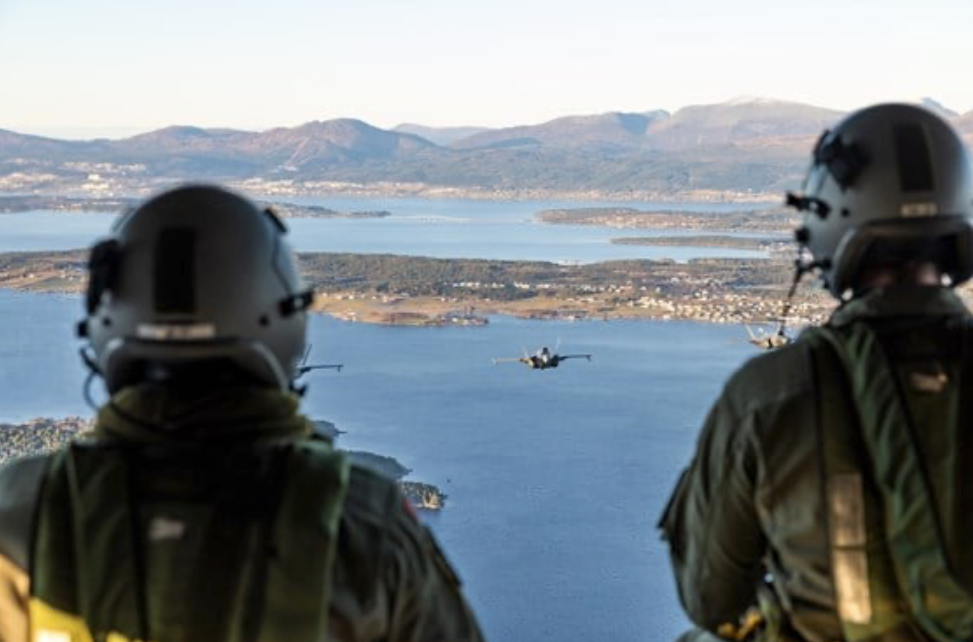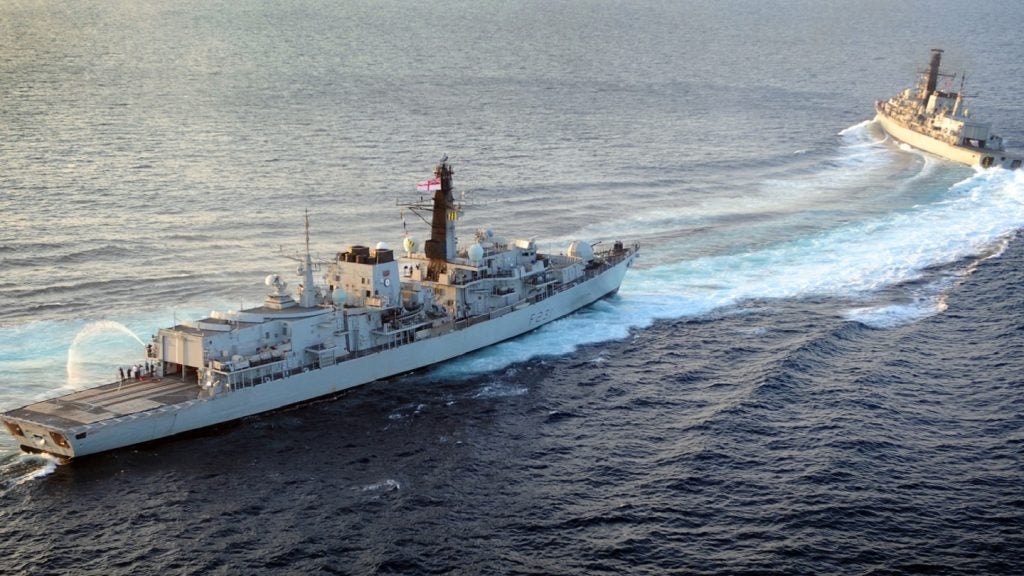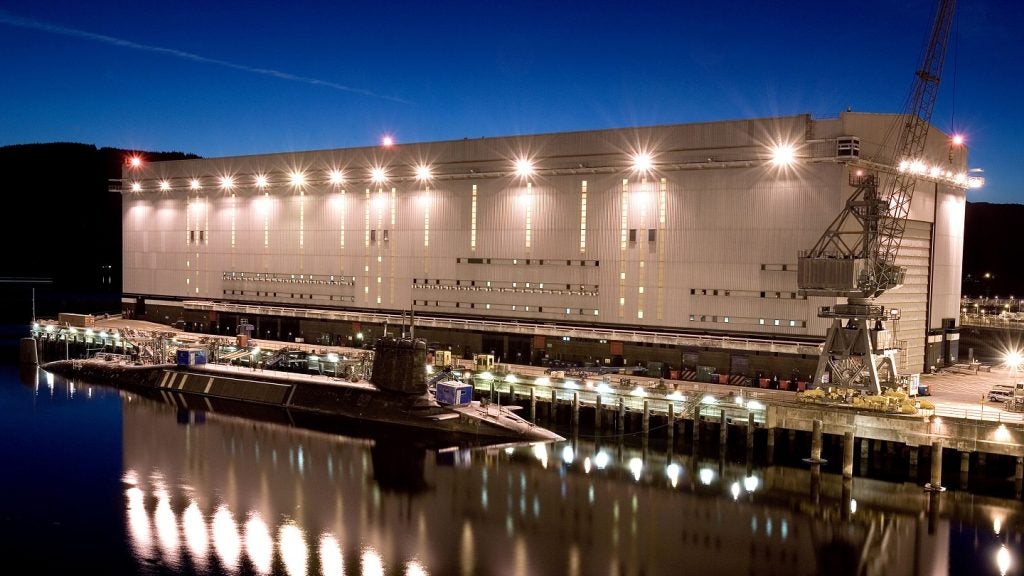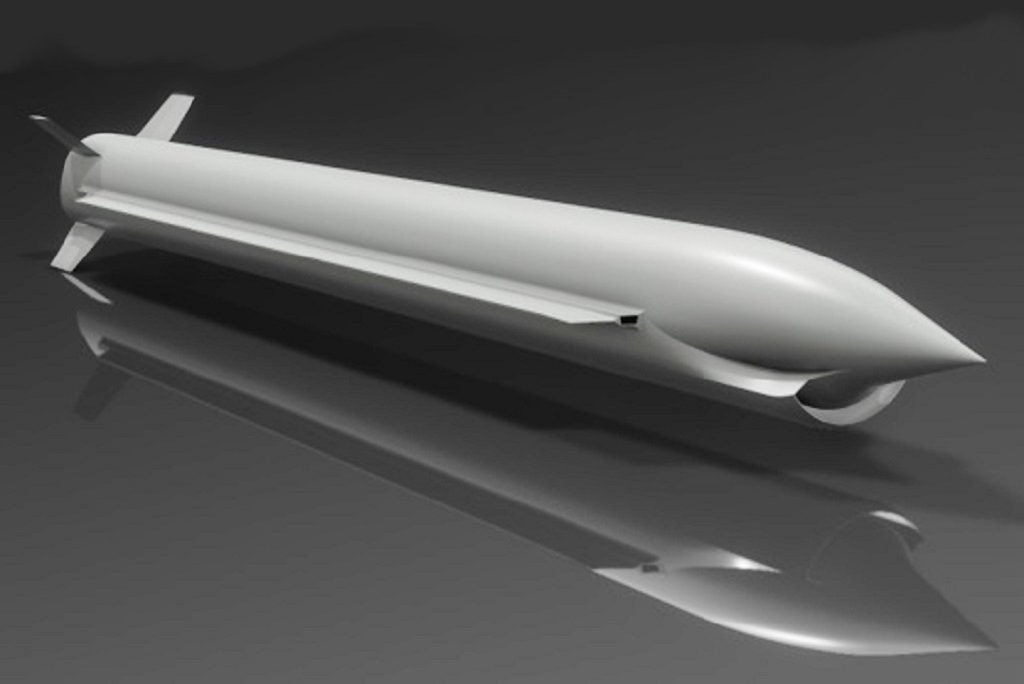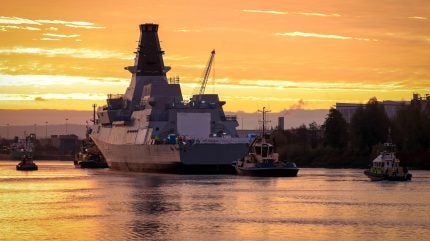
The UK Government, Royal Navy, and BAE Systems are working on options to support Norway’s future frigate requirements, it has been confirmed, further indication that the Type 26 platform design could find further export success in the coming years.
Officially disclosing the cooperating parties on 30 April 2024, UK Defence Procurement Minister James Cartlidge stated that the UK Government, Royal Navy, and UK defence prime BAE Systems, designer and manufacturer of the Type 26 anti-submarine warfare frigate, were “working jointly” on ways to support Norway’s future surface combatant requirements.
“We are actively supporting the promotion of the Type 26 Global Combat Ship design to other navies around the world with a similar requirement,” Cartlidge stated in a written response.
In early-April, Norway outlined its naval requirements in the years ahead, outlining a minimum need for five new frigates with anti-submarine helicopters, at least five new submarines, and a standardised vessel class of up to ten large and 18 smaller vessels. These smaller vessels would likely sit in the littoral patrol corvette/craft classification.
“Norway is a maritime nation with a strong maritime legacy. The Government commits to strengthening the Navy, with new frigates, submarines and other vessels,” said Norway’s Prime Minister Jonas Gahr Støre on 5 April.
Pic
The disclosure was part of its long-term defence planning document, released every four years, with the Norwegian Government proposing to the country’s parliament to increase spending through to 2036, modernising military equipment and platforms across its services.
Should the UK’s Type 26 design be selected, it would represent the third export success for the ship class following on from its adoption by Canada and Australia as part of their own national fleet renewal plans, as well its parent service, the UK’s Royal Navy.
Displacing around 7,000 tonnes (t), the Type 26 design (to be known as the City and Hunter classes in UK and Australian service respectively) is an advanced multirole surface combatant which has an emphasis on anti-submarine warfare (ASW) capabilities. While none of the design are currently in service, eight will be built for the UK Royal Navy, six for the Royal Australian Navy, and up to 15 for the Royal Canadian Navy.
BAE Systems holds no other modernised frigate designs in its portfolio, having lost its bid of a ‘stretched’ Khareef-class corvette, dubbed the Leander class, for the UK’s Type 31 requirement in 2019. The type was not designed as an anti-submarine warfare frigate and intended to be a general-purpose warship.
The Nansen class: Norway’s current frigate type
Norway’s existing main surface combatant force is comprised of four Nansen-class ASW frigates, down from a fleet of five ships following the sinking of HNoMS Helge Ingstad in 2018 after it collided with a merchant vessel in a Norwegian fjord.
The five Nansen-class anti-submarine warfare frigates were built by Spain’s Navantia for the Norwegian Navy. The vessels are: HNoMS Fridtjof Nansen (in service), Roald Amundsen (in service), Otto Sverdrup (in service), Helge Ingstad (lost) and Thor Heyerdahl (in service).
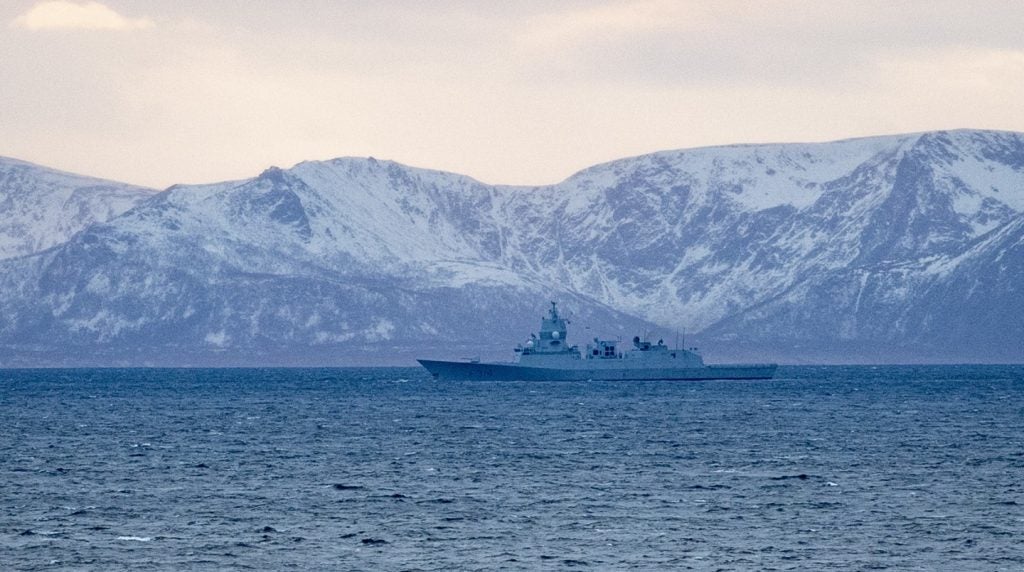
Displacing around 5,100t and measuring 133 metres in length, the type has been optimised for ASW operations although retain anti-air and anti-surface capabilities through an eight cell Mk41 launched Evolved Sea Sparrow Missile and canister-operated Naval Strike Missile systems.
The launch of the first-in-class, since lost, of HNoMS Fridtjof Nansen was performed in June 2004, with the fifth and final ship launch taking place in February 2009.
Norway gradually increasing defence spending
Analysis from GlobalData in Q4 2023 on Norway’s defence spending detailed the country’s defence budget was anticipated to rise from $7.6bn in 2023 to $9.2bn in 2028, an increase of $1.6bn between 2023-28.
As with many European countries, Norway has sought to increase defence spending since Russia’s large-scale invasion of Ukraine in February 2022, amid a challenging security environment for the continent.
Norway also previously committed to reaching the Nato baseline of a 2% spend on defence as a proportion of GDP by 2026, although it is likely this will only be reached in the 2030 timeframe. In April Nato stated that in 2024, two thirds of Allies were expected to meet or exceed the target of investing at least 2% of GDP in defence, compared to only three countries in 2014.
Over the past decade, Nato’s European members have increased their collective investment in defence – from 1.47% of their combined GDP in 2014, to 2% in 2024, when they are investing a combined total of more than USD $380bn in defence, according to Nato figures.



